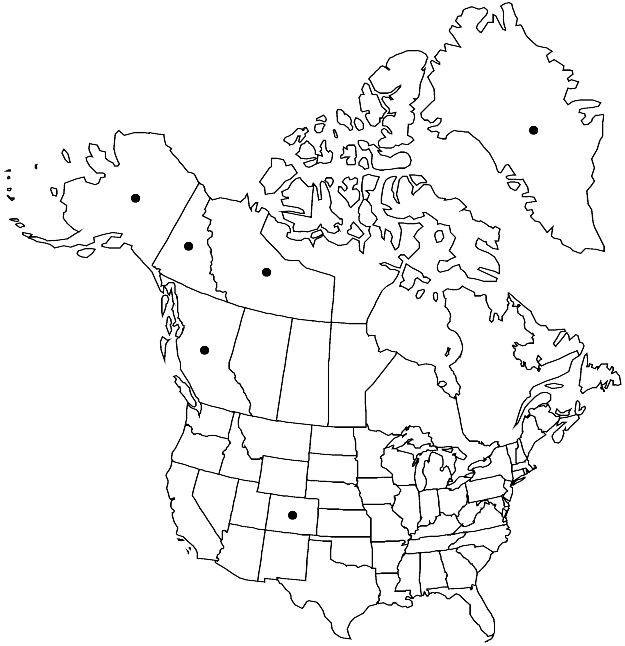Difference between revisions of "Mnium spinosum"
Sp. Musc. Frond. Suppl. 1(2): 130. 1816.
FNA>Volume Importer |
imported>Volume Importer |
||
| (One intermediate revision by the same user not shown) | |||
| Line 55: | Line 55: | ||
|publication year=1816 | |publication year=1816 | ||
|special status= | |special status= | ||
| − | |source xml=https:// | + | |source xml=https://bitbucket.org/aafc-mbb/fna-data-curation/src/2e0870ddd59836b60bcf96646a41e87ea5a5943a/coarse_grained_fna_xml/V28/V28_361.xml |
|genus=Mnium | |genus=Mnium | ||
|species=Mnium spinosum | |species=Mnium spinosum | ||
Latest revision as of 21:35, 5 November 2020
Plants 3.5–6(–8) cm. Stems red or reddish brown. Leaves green to dark green, crisped or undulate, twisted when dry, elliptic, ovate-elliptic, oblong-ovate, or rarely obovate, rarely narrow, 4–6 mm, proximal stem leaves narrowly triangular; base long-decurrent; margins reddish brown, multistratose with stereid band, toothed to below mid leaf, teeth paired, large, sharp; apex acute or rounded-acute, cuspidate or sometimes apiculate, cusp toothed; costa percurrent or excurrent, distal abaxial surface toothed, adaxial surface rarely toothed; medial laminal cells elongate, (20–)25–40 µm, slightly smaller towards margins, in diagonal or weak longitudinal rows, not or weakly collenchymatous, blue postmortal color absent; marginal cells linear, in (2–)3–4 rows. Sexual condition dioicous. [Seta single to several. Capsule yellow-brown, 1.5–2.5 mm; operculum rostrate; exostome light brown. Spores 20–32 µm].
Phenology: Capsules mature late spring.
Habitat: Forests on humus, soil
Elevation: low to moderate (high) elevations
Distribution

Greenland, B.C., N.W.T., Yukon, Alaska, Colo., Europe, Asia.
Discussion
Well-developed leaves of Mnium spinosum, a northern species, are characterized by long, sharp, and often highly divergent marginal teeth, present to well below mid leaf. The longer leaves and the angular, not or weakly collenchymatous laminal cells separate this species from M. lycopodioides and M. marginatum. Sporophytes have not been observed in North American collections. Characteristics of the sporophyte that are presented here are taken from A. J. E. Smith (2004).